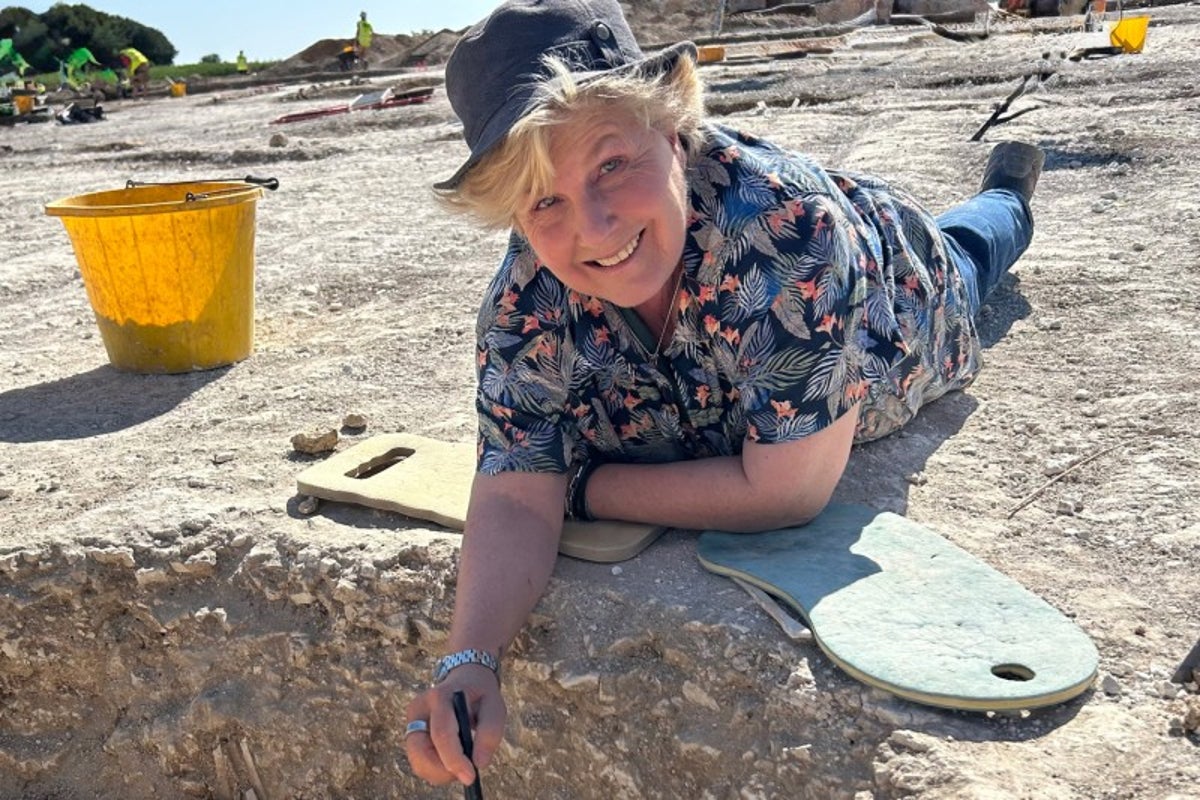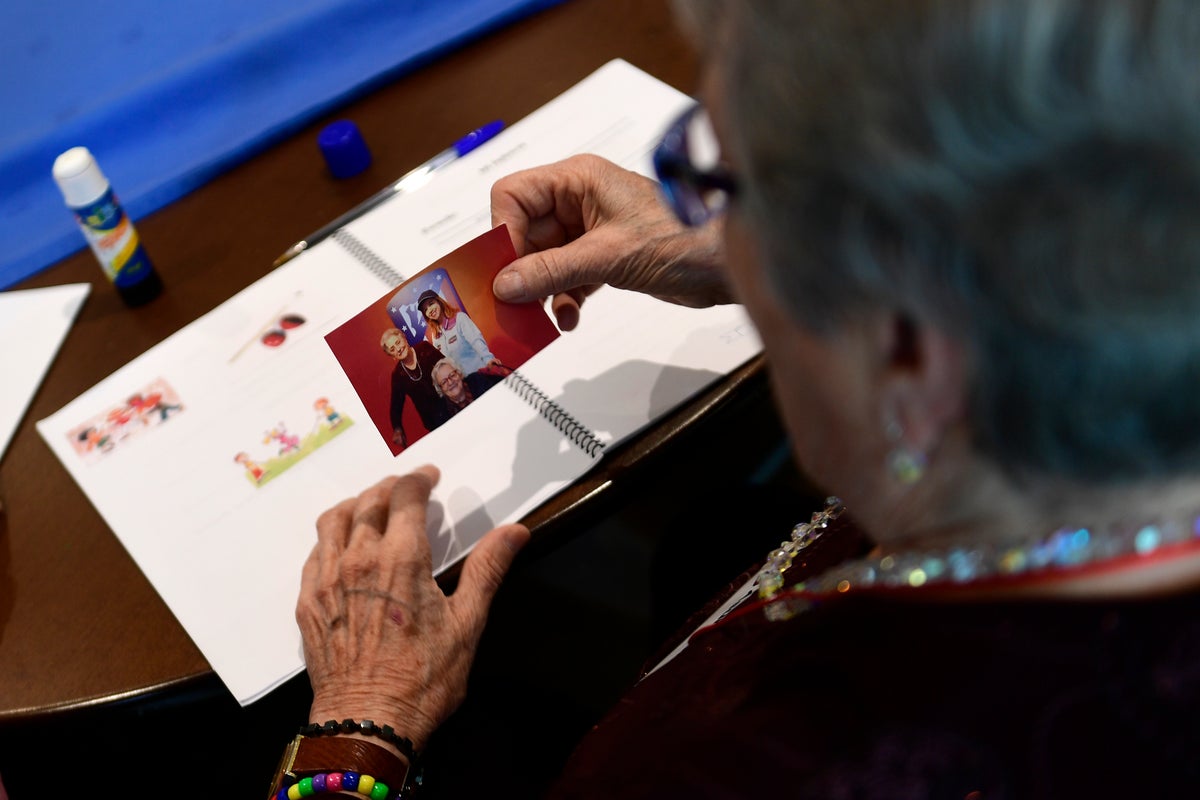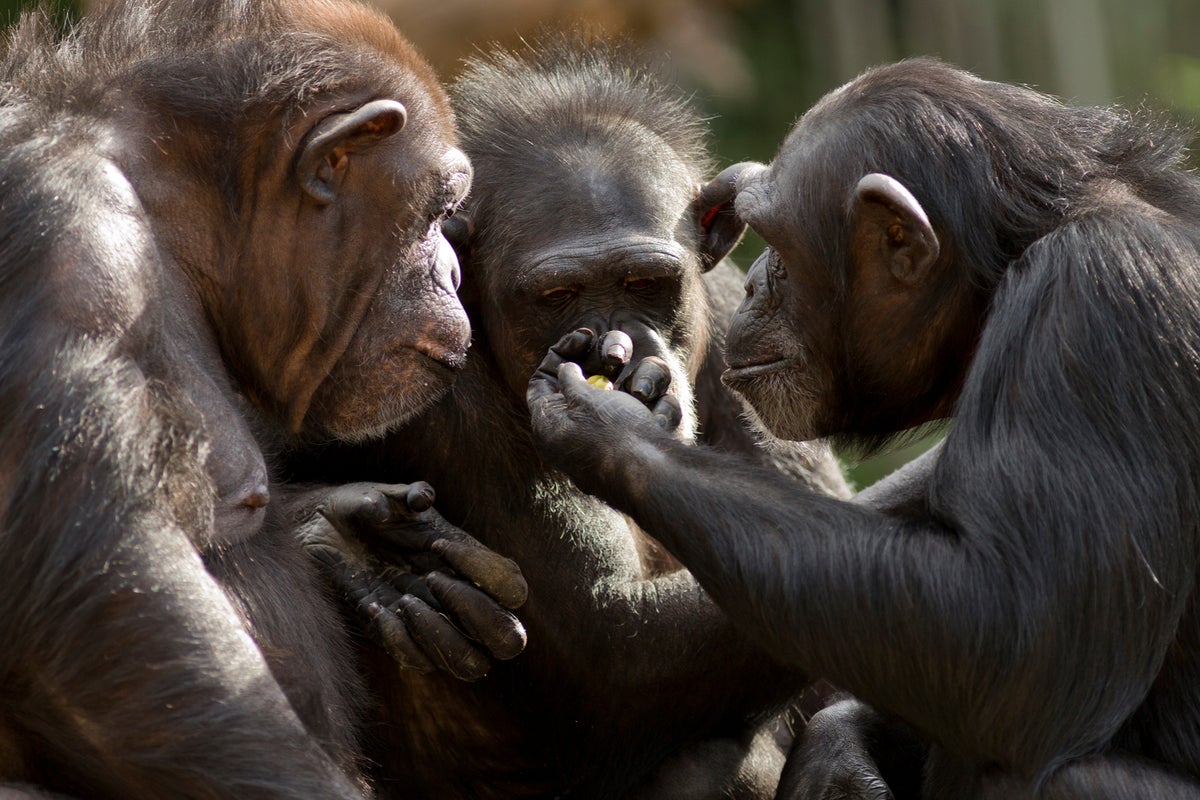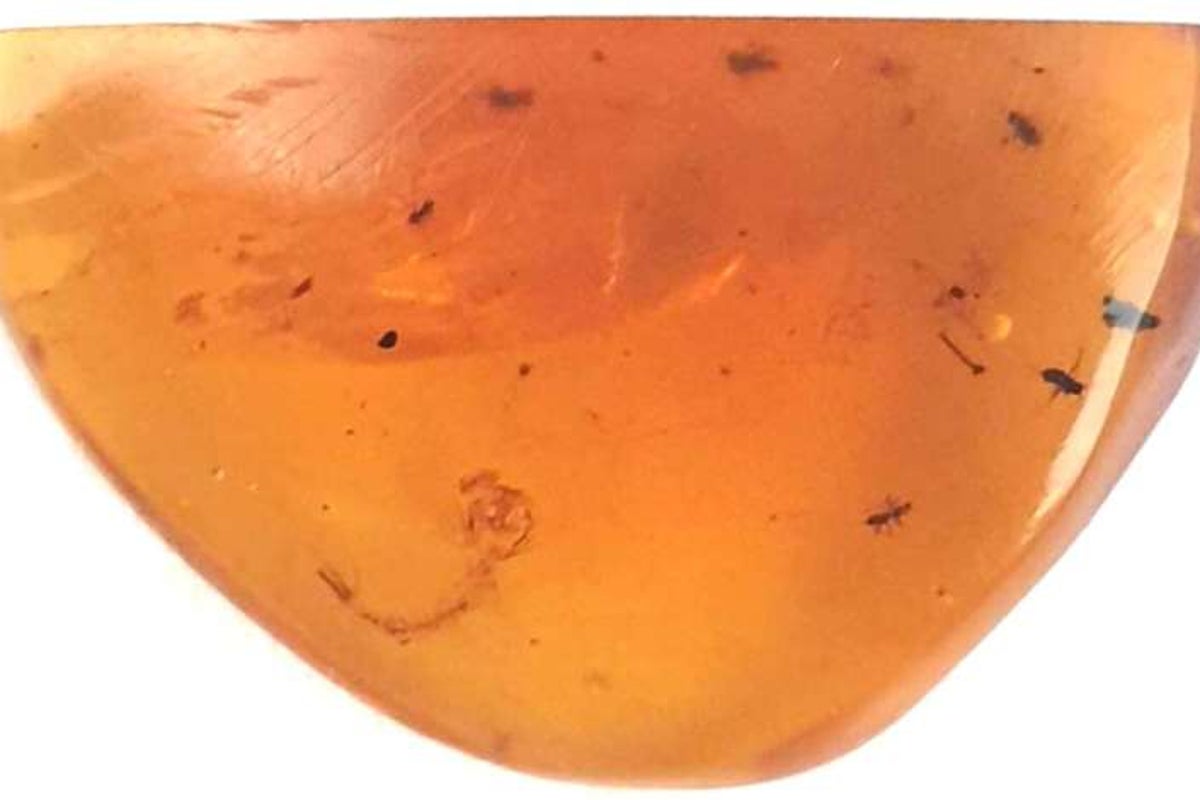Ancient ‘Murder Mystery’ Uncovers a Matriarchal Tribe That Challenges the Patriarchal Narrative of History!
Recent archaeological discoveries have unveiled a fascinating insight into the past, revealing what could be the first known matrilineal tribe documented in western European prehistory. This significant finding not only sheds light on the dynamics of ancient societies but also raises profound questions about gender roles, power structures, and the narratives that have shaped our understanding of history.
The excavation, linked to a project filmed for a television show hosted by Sandi Toksvig, has unveiled skeletal remains and artifacts that suggest a society where women held a prominent role in lineage and inheritance. This discovery is monumental, as it contradicts long-standing assumptions that most ancient societies were predominantly patriarchal. The evidence gathered from this site may provide a crucial counter-narrative to the mainstream view of historical gender roles.
The implications of a matrilineal society extend beyond mere academic interest. They challenge contemporary understandings of gender relations in both historical and modern contexts. By delving into the lives of these ancient individuals, archaeologists can better understand how their social structures operated and the roles women played in governance, inheritance, and spirituality.
Matrilineality is characterized by the tracing of descent through the female line, a practice that can significantly alter the social fabric of a community. In matrilineal societies, women often inherit property and resources, while men may assume different roles, sometimes as caretakers or secondary figures in familial hierarchies. The dynamics within such systems can foster different kinds of power, authority, and community engagement, often leading to intriguing contrasts with patriarchal frameworks.
In exploring these ancient remains, the archaeological team unearthed women buried with grave goods signifying status—a stark indication of their high standing in society. This aligns with existing anthropological studies that suggest several prehistoric communities may have embraced matrilineal practices, though evidence had been scant until now.
The significance of this discovery is not merely academic; it has real-world ramifications for contemporary discussions about gender equality and women’s rights. By recognizing that matrilineal societies existed in the distant past, modern advocates can draw parallels to the ongoing struggles for women’s representation, leadership, and rights. It raises the question of how historical narratives have perpetuated gender biases and how these biases shape current policies and societal norms.
Furthermore, as society grapples with issues of gender identity and equality, the study of ancient matrilineal societies offers a crucial historical context that can inform current debates. It enables a richer dialogue about the diverse forms that human societies can take and how these forms can be applied to modern governance and community organization.
The discoveries made during this excavation also intersect with broader narratives surrounding women in history. For too long, many historical accounts have focused predominantly on male figures, frequently relegating women to the margins. By highlighting societies where women were central, we can re-evaluate what we know about leadership, innovation, and culture throughout history.
As more evidence comes to light, it becomes increasingly clear that the story of humanity includes a multitude of voices and experiences. This intersection of archaeology, anthropology, and social justice creates an engaging platform for rethinking the past and its implications for the present.
The excitement surrounding the findings is palpable, with scholars and the public alike eager to learn more about the lives of these ancient women. What were their roles in society, and how did they influence their communities? Were they leaders, healers, or perhaps guardians of cultural heritage? These questions are driving a renewed interest in not only the archaeological record but also in the broader implications of reconstructing women’s histories.
As the research continues, it will undoubtedly prompt further inquiries into how societies have evolved over millennia and how the structures in place during these times can inform current social frameworks. In a world still grappling with issues of gender equity, the stories of ancient matrilineal tribes serve as a poignant reminder of the complexity and variability of human social organization.
Enthusiasts of history and social justice advocate that such discoveries should be celebrated not just as academic milestones but as foundational stones for future understanding. They argue that we must embrace the multiplicity of historical narratives, particularly those that elevate the stories of women and promote gender equity.
This archaeological find embodies a critical juncture in how we understand our past and its effects on our present. The narrative of history is not static; it is continuously being rewritten as new information comes to light. Each new discovery, like the one unearthed during this excavation, adds another layer to the intricate tapestry of human existence, challenging existing paradigms and inviting us to reconsider the roles we assign to gender throughout history.
As synthetic visions of the past emerge from the fissures of time, they compel us to confront the inequities that persist and inspire a collective re-imagination of what our societies can aspire to be. This profound archaeological endeavor not only enriches our understanding of prehistory but also champions a future that embraces diversity, equity, and inclusivity across the board.
The unveiling of this matrilineal tribe is more than just an academic achievement; it is a clarion call to recognize that history is written by all its participants, and the voices of women are as vital to our understanding of the past as those of men. Engaging with these narratives can reshape not only our perspective on history but also our vision for a more equitable future.
Findings hint at first known matrilineal tribe documented in western European prehistory




